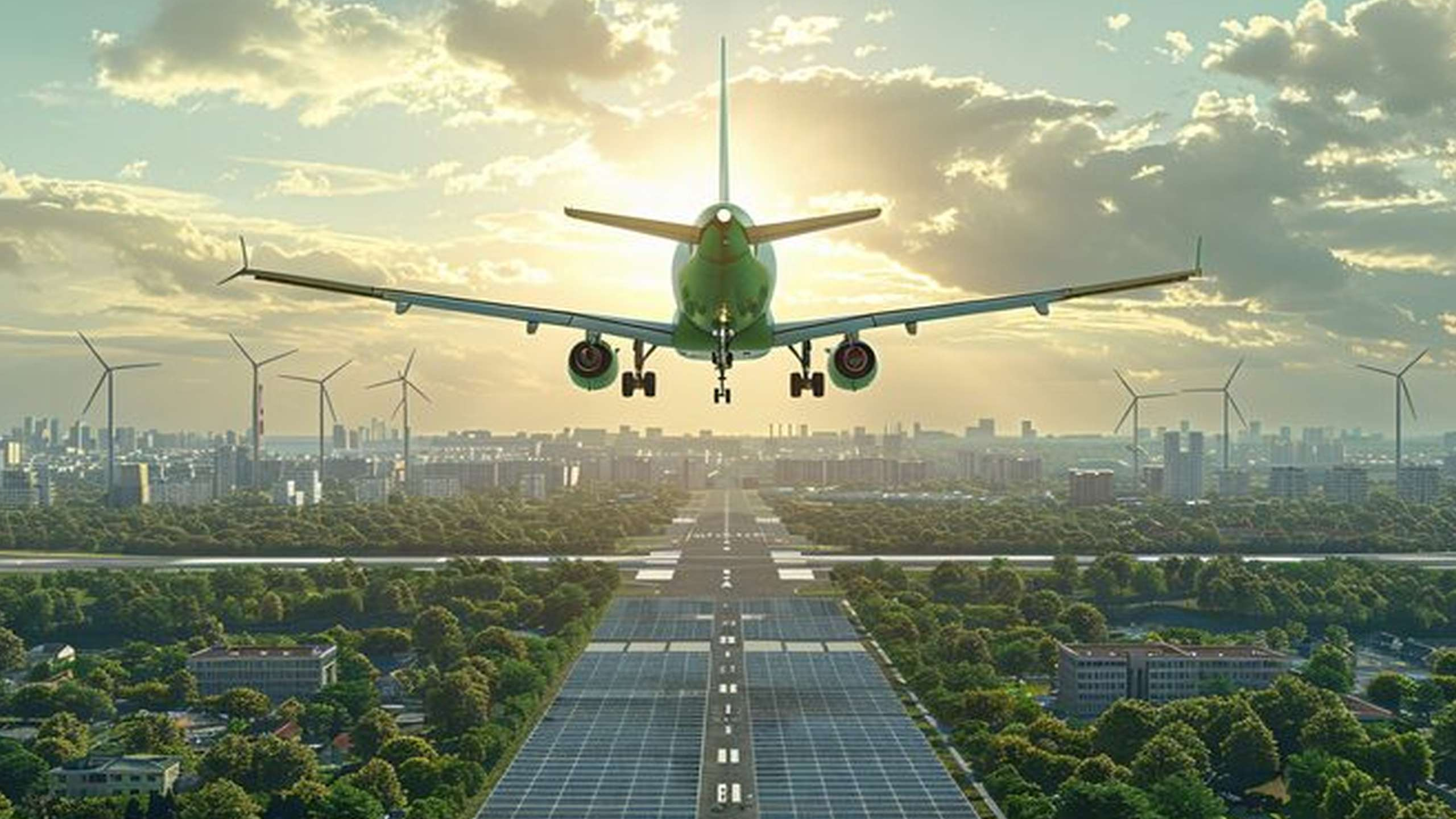 As aviation grapples with a critical climate crisis, the shortcomings of traditional offsetting mechanisms are laid bare. A new era of innovation is dawning, offering tangible solutions to slash emissions at their source. From ceramic fuel cells to waste-to-fuel breakthroughs, the path to sustainable flight is paved with groundbreaking technologies. Join us as we explore five game-changing solutions reshaping the future of aviation and paving the way for a cleaner, greener industry.
As aviation grapples with a critical climate crisis, the shortcomings of traditional offsetting mechanisms are laid bare. A new era of innovation is dawning, offering tangible solutions to slash emissions at their source. From ceramic fuel cells to waste-to-fuel breakthroughs, the path to sustainable flight is paved with groundbreaking technologies. Join us as we explore five game-changing solutions reshaping the future of aviation and paving the way for a cleaner, greener industry.
Innovative Technologies Redefining Aviation Sustainability
The aviation industry is at a critical juncture, facing increasing pressure to reduce its carbon footprint and transition to more sustainable practices. Traditional offsetting mechanisms like CORSIA are proving inadequate, highlighting the urgent need for innovation to tackle emissions at their source. One standout solution leading the charge towards a greener future is the development of ceramic fuel cells powered by liquid sodium, a groundbreaking technology pioneered by a team at MIT. These fuel cells offer a promising alternative to traditional rechargeable batteries, providing significantly higher energy density and lighter weight, making electric aviation a feasible option for commercial use. By leveraging this innovation, airlines and aircraft manufacturers can potentially phase out fossil jet fuel entirely for short- and medium-haul flights, aligning with the industry's sustainability goals and reducing reliance on carbon offsets.
In a parallel effort to revolutionize aviation sustainability, researchers at the University of Illinois Urbana-Champaign have made significant strides in converting waste polystyrene into ethylbenzene, a crucial aromatic hydrocarbon used in aviation fuel. Aromatics play a vital role in ensuring proper combustion and sealing within fuel systems, addressing a key limitation in the production of sustainable aviation fuels (SAFs). This breakthrough not only enhances the performance of SAF blends but also demonstrates a substantial reduction in emissions compared to petroleum-based alternatives. As companies increasingly focus on decarbonizing their supply chains and reducing environmental impact, innovations like this offer a tangible pathway towards achieving lower-carbon aviation operations, emphasizing the potential for waste-to-fuel solutions to drive sustainability across the industry.
Advancing Sustainable Aviation Fuel Production
Metafuels, a Swiss startup, is spearheading efforts to scale up the production of synthetic sustainable aviation fuel (e-SAF) through its innovative 'Aerobrew' process. By combining green hydrogen and captured CO2 to synthesize green methanol, Metafuels has developed a cost-effective and high-yield alternative to fossil jet fuel, with the potential to seamlessly replace existing fuels without requiring modifications to aircraft engines or infrastructure. This scalable approach addresses the critical challenge of SAF production costs and volumes, offering a practical solution to accelerate the adoption of sustainable fuels in the aviation sector. With increasing emphasis on reducing carbon emissions and achieving ambitious climate targets, Metafuels' advancements in e-SAF production present a compelling opportunity for climate-conscious brands to transition towards cleaner aviation practices, driving tangible progress towards a more sustainable industry.
Climate Mitigation Through Innovative Airborne Technologies
The detrimental impact of contrails on the climate has long been a concern within the aviation industry, contributing significantly to its overall carbon footprint. Satavia, a UK-based climate tech startup, is pioneering a solution through its DECISIONX platform, which utilizes AI to optimize flight paths and avoid contrail formation. By leveraging high-resolution weather forecasting and atmospheric modeling, airlines can make minor adjustments to routes, effectively reducing emissions without the need for new fuels or hardware. This approach not only offers a practical means of mitigating aviation's climate impact but also provides a quantifiable way for companies to address Scope 3 emissions from business travel and air freight. By supporting contrail prevention initiatives, climate-conscious brands can actively contribute to reducing their environmental footprint and promoting sustainable aviation practices, aligning with their ESG commitments and climate goals.
These innovative solutions represent a paradigm shift in the aviation industry, signaling a transformative journey towards a more sustainable and environmentally conscious future. By embracing cutting-edge technologies and sustainable practices, companies can not only reduce their carbon footprint but also drive meaningful change across the global aviation supply chain. As the industry navigates the challenges of climate change and sustainability, collaboration and investment in such groundbreaking innovations will be instrumental in shaping a cleaner, greener aviation sector for generations to come.
Conclusion
The future of aviation is being reshaped by a wave of groundbreaking innovations that promise to revolutionize sustainability within the industry. From MIT's ceramic fuel cells to Aromatics' waste-to-fuel breakthroughs and Metafuels' e-SAF production, these game-changing technologies are not just addressing emissions but paving the way for a cleaner, greener aviation sector. With solutions like Satavia's contrail prevention platform leading the charge, companies now have tangible pathways to reduce their carbon footprint and drive meaningful change across the global supply chain. As the industry embraces these cutting-edge advancements, collaboration and investment in sustainable practices will be key in propelling aviation towards a more environmentally conscious future, setting the stage for a transformative journey towards lasting sustainability.